
Baling hay too quickly can lead to fire risk
People baling hay need to make sure the hay is ready before baling and storing. Fire and Emergency NZ National Wildfire Manager Tim Mitchell says the reminder is to try and head off preventable haystack fires.
“Conditions are not always great for baling if you are getting frequent rain and overcast conditions.
“It’s really important in baling that the moisture content is right and they’re not rushing the process.”
Hay must be completely dry before it’s baled, stacked and stored for use as winter feed.
Any moisture deep inside a bale can decompose and heat up enough to cause a fire.
Getting haymaking done early can put pressure on the process, Tim says.
“But getting bales into the shed before they’re completely dry is a recipe for all the bales going up in flames.




















2023
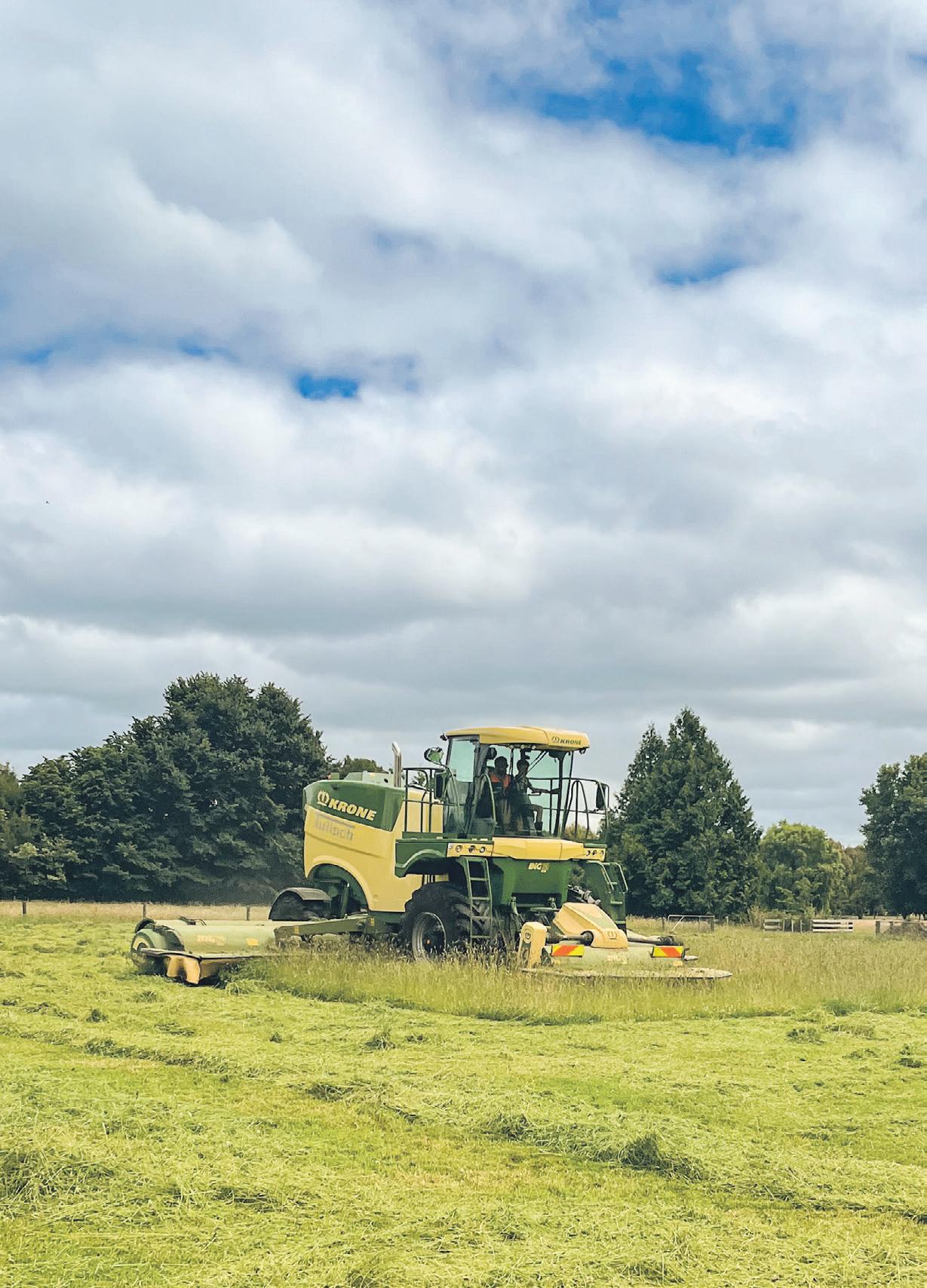











silage
“Sometimes this happens and people lose the shed as well, and everything else in it.”
Every year Fire and Emergency is called out to fires started by hay bales which spontaneously combust.
Most hay bale fires start between two and seven weeks after storage, so Tim Mitchell says this is when people should be checking their bales.
“Use a steel rod to check the hay is not overheating,” he says. “Hay should be stacked loosely to improve airflow and keep the bales cool.
“Ideally store them away from things that could feed a fire after it starts - such as sheds, hedges and trees.”
There are also warning signs to look for if your hay is in a shed, such as steam condensation on the roof, mould growth on or inside bales, and acrid fumes or hot humid air at the top of the stack.
“It’s better not to get to that point,” he says. “If everyone takes the extra time to dry the hay out properly, hopefully we’ll see far fewer haystack fires this summer.”
Fire and Emergency NZ Principal Rural Fire Officer for Wellington Craig Cottrill believes farmers in the Wairarapa are pretty good at ensuring their haystacks are fully dry, with the service not attending any haystack fires in the last couple of years.


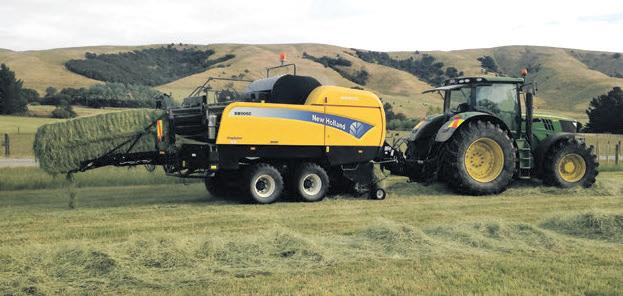

HAY
For a professional result, call the experienced team at Colton Bros. Ltd AGRICULTURAL CONTRACTOR WE SEE YOU THROUGH FROM START TO FINISH • Direct Drilling • Minimum To Full Tillage Cultivation • Maize Planting & Side Dressing • Pasture & Crop Spraying • Silage Grass, Cereal & Maize • Baleage & Hay • Grain & Seed Harvesting • Grain Drying & Handling • Cartage • Supplementary Feed Trading 61 Georges Rd, RD3, Martinborough P: 06 306 9168 or M: Rob Gawith 027 454 6982 | Rob Carter 027 449 8023 | E: rob.coltbros@gmail.com www.age.co.nz Thursday, October 5, 2023 FEATURE SUPPLEMENT 19


















silage HAY2023
Agricultural contracting opens up new horizons for Jessica
One of those who will be out in the paddocks making silage and hay this season is Jessica Bills, 2023 Rural Contractor Trainee of the Year.
The 25 year-old from Pahiatua gave up working in a local accountancy o ce almost exactly a year ago, to work for agricultural contractors Andrew and Catherine Mabey.
Jessica grew up on her parents’ dairy farm at Balance in the Tararua district and her proud parents Gary and Amanda Bills were with her at the Rural
Contractors conference in Invercargill in June when she collected her award.
Gary said it was not a big surprise she turned to contracting.
“Whenever she got home from school and was in the tractor, she’d kick me out.”
Jessica joined Mabey Contracting in her hometown last October.
“It kind of just popped up,” Jessica recalls. “I had an injury from netball and had been thinking about a di erent career pathway to take.
I had done a few things out of school including hospitality and
El Niño has officially arrived
A majority of NIWA’s criteria for classifying an El Niño event were satis ed during September, it says in its Seasonal Climate Outlook October - December 2023.
“In particular, the Southern Oscillation Index was rmly in El Niño territory, suggesting the atmosphere has become coupled to the ocean.
“There’s around a 100% chance of El Niño continuing during October-December and over a 95% chance that it will persist through summer,” NIWA says.
“Seasonal wind strength is forecast to be above normal across most of the country because of a stronger than normal pressure gradient (di erence in pressure over distance) near New Zealand.
This will come with periods of potentially damaging winds.
“Temperatures are most likely to be above average in the east of both islands and about equally likely to be near average or above average in all other regions.
“The country will likely be exposed to dramatic temperature swings.
Spells of unseasonable warmth

a bachelor of arts in exercise and sports science.
“I’d always loved being on a farm. I knew Andrew already and had friends working there as well, so thought why not give it a shot?
job, including raking, baling, mowing, wrapping and stacking hay and sileage as well as servicing machines in the workshop.
“There’s heaps to learn and feel I have only scratched the surface.
“The main attraction was being back on a farm. get to work in a whole lot of di erent places, and get to see places I hadn’t even known were there, even though it is not a big district.”
Jessica says she’s learning everything she can in the
from Australian air masses will likely be followed up by sharply colder southerlies, with little middle ground.
“Rainfall is most likely to be below normal in the north and east of the North Island and above normal in the west of the South Island. Rainfall is about equally likely to be near normal or below normal in all other regions.
“The pressure pattern, delivering more westerly winds, will likely lead to some prolonged dry spells to the north and east of both islands.
“There is so much to remember at each job and the machines are all so di erent. It is de nitely not what I had expected. love every minute of it.”
Jessica hopes to stay in the rural contracting industry and eventually manage an operation.
“As of late September, re danger was low across the country. The arrival of El Niño is expected to result in normal or above normal re danger.
“Even a normal re season will have much greater re potential than last year for many areas.”
In the Wairarapa, NIWA says:
“Temperatures are most likely to be above average (50% chance).
Frequent westerly winds will likely lead to a higher frequency of hot days (>25˚C). October will have dramatic temperature swings.
Jessica with Catherine and Andrew Mabey
The importance of analysing silage
Why analyse pasture silage?
To assist your management!
Analysis tells you about the quality of your silage. Knowing this is important for deciding whether to feed the silage to milking or dry cows.
Analysis will allow you to value silage on its Metabolisable Energy (ME) content, as well as on Dry Matter (DM).
How to sample silage
Take at least ve handfuls of silage from di erent places and mix them together. Send a subsample of one litre (half a bread bag) for analysis. The sub-sample should be representative of all the silage in the stack or bale.
Sampling silage in an unopened stack or bale
Silage sampled from unopened stacks or bales will tell you the quality of the feed before it is fed out. It will also not have been spoiled through exposure to the air.
A sharpened length of stainless steel pipe can be driven into the top of the stack, or the side of the bale.
A piece of 25 mm milk line, 1.5 m long, is su cient. Use a broom handle to force the silage out of the pipe.
Throw away the silage from the surface of the stack or bale before taking a sub-sample to send away for analysis.
Sampling silage as it is being fed out
This tells you the quality of the silage you are feeding out, without running the risk of causing spoilage in the unopened stack or bale.
For silage being fed out in a wagon, collect a sample from the silage at the top of a freshly loaded wagon.
For bales of silage, take a sample from the freshly unwrapped bales. Avoid silage which has been at the surface of the stack or bale, and silage which was on the face of the stack.
Packaging and storage of silage samples
Silage starts to decay once exposed to the air. This decay process must be minimised while the sample is in transit to the lab, to get meaningful results from analysis.
Put the silage into an airtight plastic bag, and remove all the air.
If you can’t post the sample immediately, store it in a freezer.
Post the silage in a plastic, self-sealing envelope, such as those available at Post O ces, or those supplied by a local testing lab.
What methods are used to analyse silage?
Silage analysis is carried out in two ways. Some laboratories conduct wet chemistry, which uses well-established chemical methods to work out the composition of feeds.
NIR is a more indirect way to estimate the composition of a feed. It involves a machine which sends a beam of light through a sample of feed, and measures the light pattern which is produced out the other side of it.
By calibrating the machine with known samples of feed, it can estimate the composition of unknown samples.
Andrew and Catherine Mabey were also at the conference and were among 10 rms recognised for the support as employers they had provided to the nalists including Jessica.
The runner-up was Caleb Turner from Sims Contractors in Otaki.
Both won $1000 travel prizes sponsored by Tulloch Farm Machinery, Nufarm and RCNZ.
Sampling pasture being harvested for silage
Silage will never be of higher quality than the pasture it is made from. The quality of the pasture when it is harvested will tell you what the potential for your silage is. Collect pasture from either cut swaths in the paddock, or as it arrives on to the stack. Try to get samples from all the paddocks being harvested.
Reseal the cover. Coring a stack or bale lets air in, and will result in some spoilage. Bales which have been cored should ideally be fed out within three days of sampling.
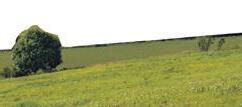

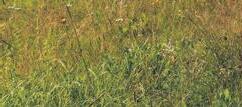
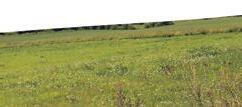


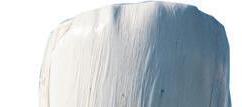




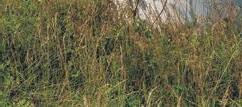





Send by Fast-post, but avoid posting on a Friday.
Where can I get silage analysed?
Silage analysis is available from a variety of commercial labs around New Zealand. There will be local labs which can provide a suitable service.
Talk to your local consulting o cer, consultant, fertiliser rep or vet about the best lab for you to use.
All labs calculate the ME content of feeds, based on their composition. ME is a very expensive and di cult thing to measure directly.
NIR measurements will not be more accurate than wet chemistry. However, it is faster, and may be less expensive.
The way you sample your silage is potentially a bigger source of error than the lab you use to analyse it.
For more information on making the best silage visit www.dairynz.co.nz
“Rainfall totals are most likely to be below normal (45% chance). An increased frequency of westerly winds will likely lead to longer dry spells.
“Seasonal wind speeds are expected to be stronger than normal.
“Soil moisture levels are most likely to be below normal (45% chance) while river ows are about equally likely to be below normal (40% chance) or near normal (35% chance).”

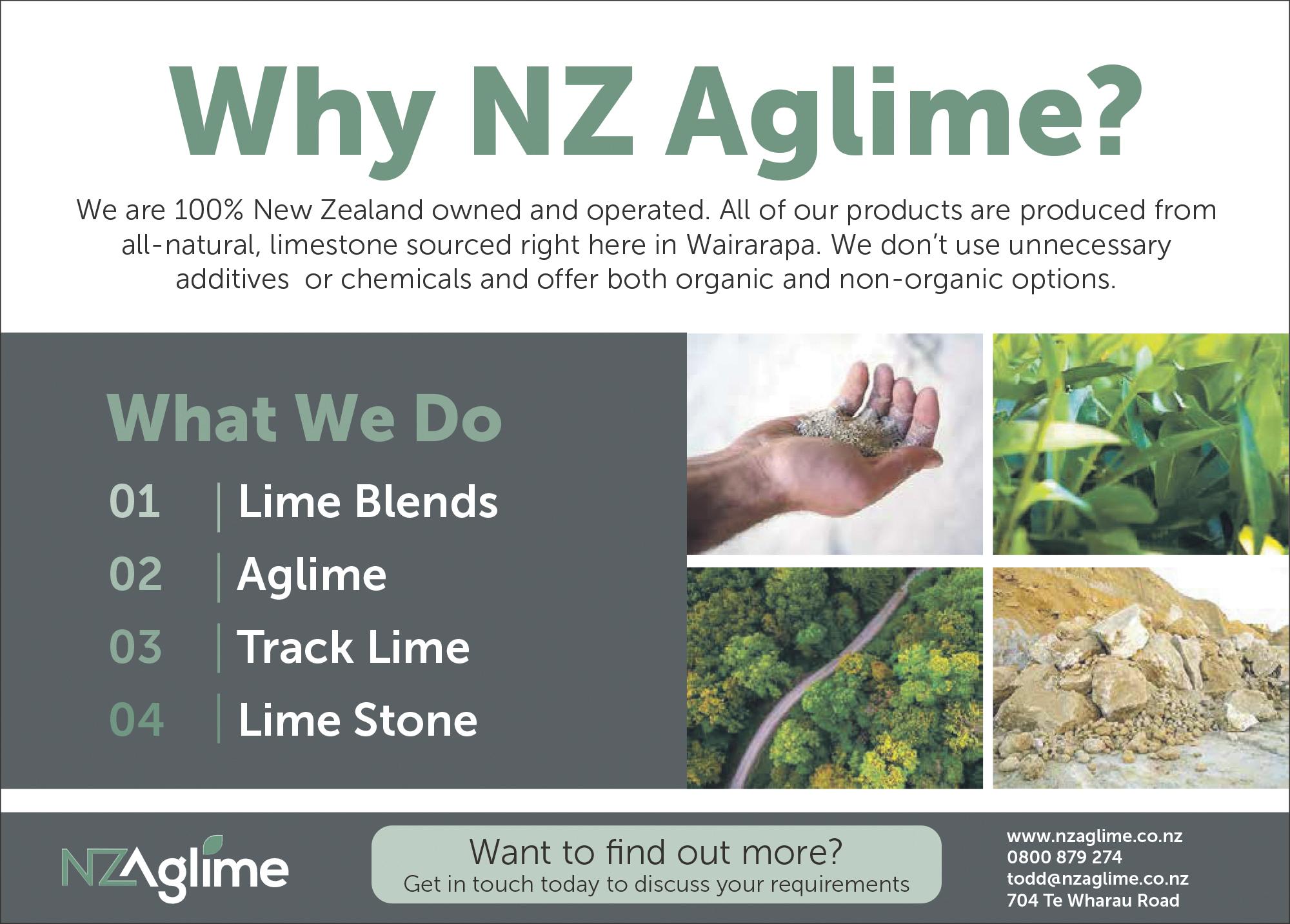

www.age.co.nz Thursday, October 5, 2023 FEATURE SUPPLEMENT 21 20 FEATURE SUPPLEMENT Thursday, October 5, 2023 Wairarapa Times-Age
MAKE WILLIAMS TRUCKING YOUR FIRST CHOICE Servicing Masterton and surrounding areas. Regular runs to Tinui, Castlepoint, Whareama & Riversdale 027 243 3666 • robert@williamstrucking.co.nz Call Robert today 20+ Years industry knowledge and experience www.williamstrucking.co.nz FOR ALL YOUR CROPPING FERTILISER AND SEED DELIVERIES Now able to cart from 1-28 Tonnes We are 100% New Zealand owned and operated. All of our products are produced from all-natural limestone, quarried right here in Wairarapa. We don’t use unnecessary additives or chemicals and offer both organic and non-organic options. QUARRY IS OPEN 8AM - 5PM MONDAY - FRIDAY OR BY ARRANGEMENT. 704 Te Wharau Rd, Masterton 0800 879 274 Quarry Manager – Todd Johnson todd@nzaglime.co.nz www.nzaglime.co.nz



















silage
The art of making good grass silage

It is impossible to produce high quality silage from low quality pasture, no matter how good the fermentation is. Both the quality of the ensiled pasture and the quality of the fermentation must be considered.
With well-preserved silage, losses in feeding value during fermentation will be small, and the final silage will be only slightly lower in feeding value than the original pasture. Good quality pasture silage is a good source of energy and protein for a milking cow and can be used as a fibre source when feeding high sugar or starch feeds.
“A poor quality pasture silage will not support high milk yield and only be suitable for dry cows.”
However, a poor quality pasture silage (made from low quality pasture, or ensiled with low quality fermentation, or both) will not support high milk yield and will only be suitable for dry cows, or as a fibre source to reduce risk of acidosis.
Losses when making pasture silage
Losses occur as sugars and protein in the grass is broken down by enzymes, and bacteria.
This process starts as soon as the grass is cut. Losses decrease quality as well as quantity, because it is the highly digestible components which are most rapidly broken down.
“Cut in the morning of a sunny day, for rapid wilting. Avoid wilting for any more than 24 hours.”
Cut in the morning of a sunny day, for rapid wilting. Cutting after 1-2 days’ sunny weather will result in good sugar levels in the pasture, even when cut in the morning.
Avoid wilting for any more than 24 hours.
Compact the silage well. In a stack or pit, use the heaviest wheeled vehicle available.
Tractor wheels should not sink into the pile of pasture any further than the depth of rubber. For baled silage make sure that a high density baler is used.
Seal the stack completely with a weighted, airtight cover. Wash old polythene before use to
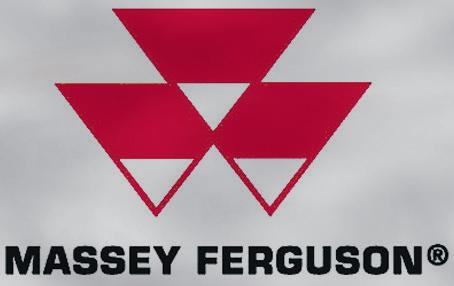
avoid contamination with the wrong bacteria.
Don’t re-open a covered stack to add more pasture on another day
Losses while grass is in the stack, pit or bale
Once the silage is sealed, nothing can be done to change the fermentation process.
Poor fermentation (e.g. air in the stack) leads to major losses of protein quality.
In poorly preserved silage, protein is broken down into ammonia, which decreases the feeding value of the silage.
“Getting things right while the grass is being harvested will maximise the chance of having a good fermentation”
A fast wilt to 25-30% DM will leave good sugar concentrations in the pasture.
Quick compaction and effective sealing will keep out oxygen, making conditions more suitable for bacteria to convert sugars into lactic acid.
Fast production of lactic acid will quickly reduce the pH, to prevent protein losses.
Feeding out losses
Silage begins to break down once exposed to air, and will begin to heat up as microorganisms turn the remaining sugars and protein into heat and energy. When feeding out, aim for as little time as possible between exposing the silage to air, and the cow eating it.
There are several ways to limit losses from silage while feeding out:
Remove at least 20 cm off the whole stack face each day, so silage at the face is not exposed to air for a more than one day.
Cut silage off the face, rather than pulling it off. This keeps a smooth surface at the stack face, which reduces air penetration into the stack.
Leave the stack face open on dry days to avoid heat buildup under the polythene.
Do not feed out more than one day in advance, especially in summer.
Cows will be able to eat more of the silage they are offered if it is fed out on dry paddocks or feed out areas, along fence lines, or in feed bins or troughs.
• Do not allow cows access to spoiled silage.
“When feeding out, aim for as little time as possible between exposing the silage to air, and the cow eating it.”
Designing a storage area
Well-placed supplementary feed storage areas can save money through reduced spoilage, fuel use and travelling time. Ideally, you want to store feed as close to where you will be using it as possible.
A good design will help to reduce spoilage from rodents, surface or rainwater, and prevent water pollution by capturing toxic leachate and run-off.
Placement should also take the food safety minimum distances into account.
“Ideally, you want to store feed as close to where you will be using it as possible.”
Creating good storage areas:
Storage should be easily accessible
At least 45 metres from any farm dairy
At least 50 metres from waterways, open drains or dams, and the catchment areas of bores; further away if the land is steep, soils are coarse textured, or ground water may enter sensitive waterways.
Away from gullies or other places where run-off catchment water can flow into the storage area not prone to flooding or that has a high water table away from any subsurface drains.
Silage leachate should never enter waterways as it is highly toxic to aquatic life.
The walls and floor of a silage bunker must be capable of withstanding the hard knocks of tractors and other machinery as well as resisting corrosion from leachate.
The silage bunker floor should be watertight and extend out beyond the bunker walls
Properly covering stacks to keep the oxygen out and prevent rainwater entering is crucial to reduce the volume of leachate.
Source: DairyNZ

The silage site should be at least 45 metres from any farm dairy
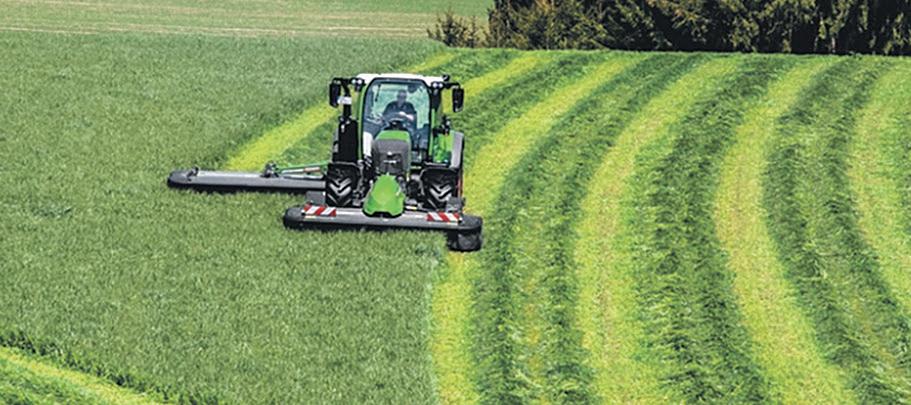
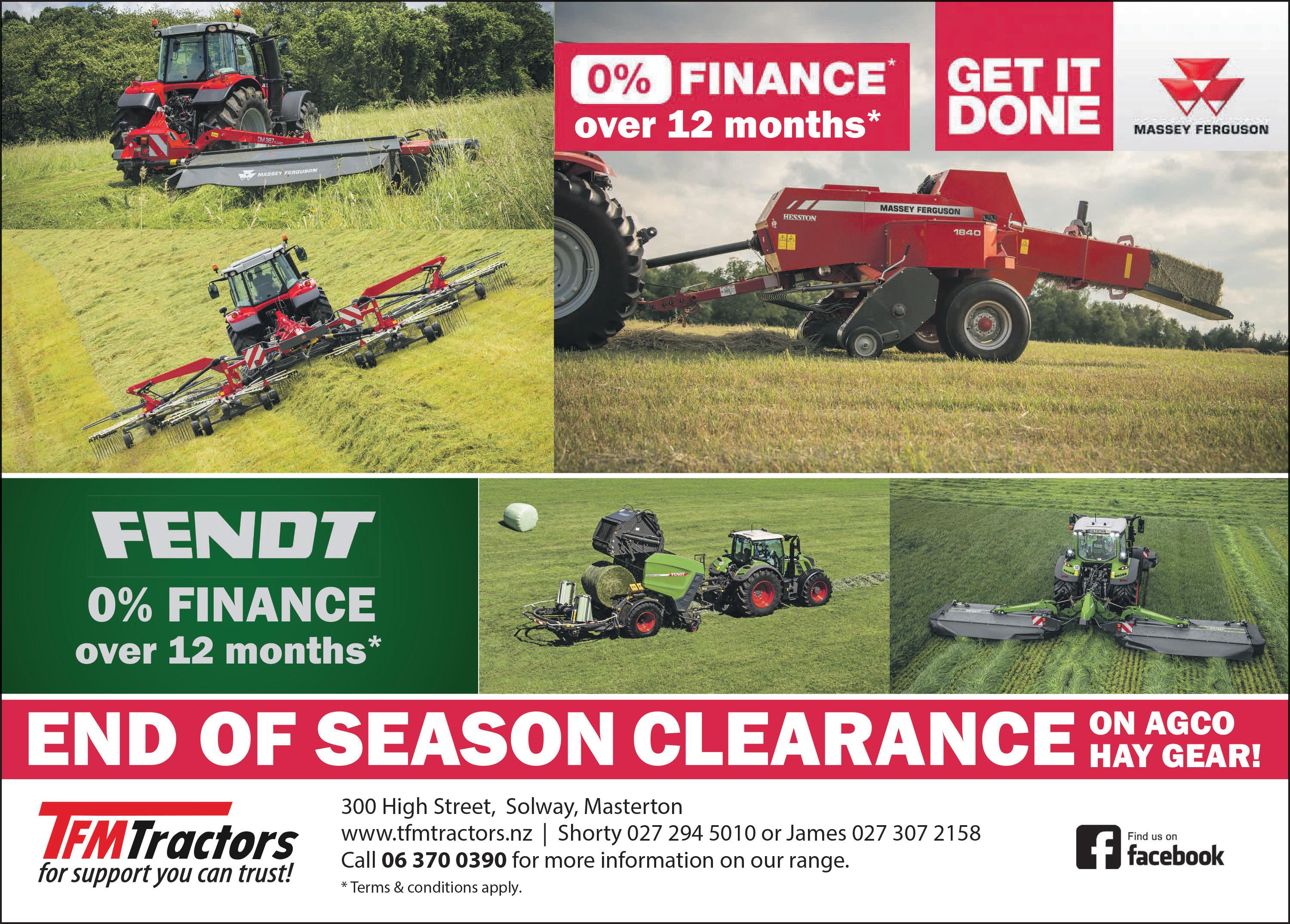


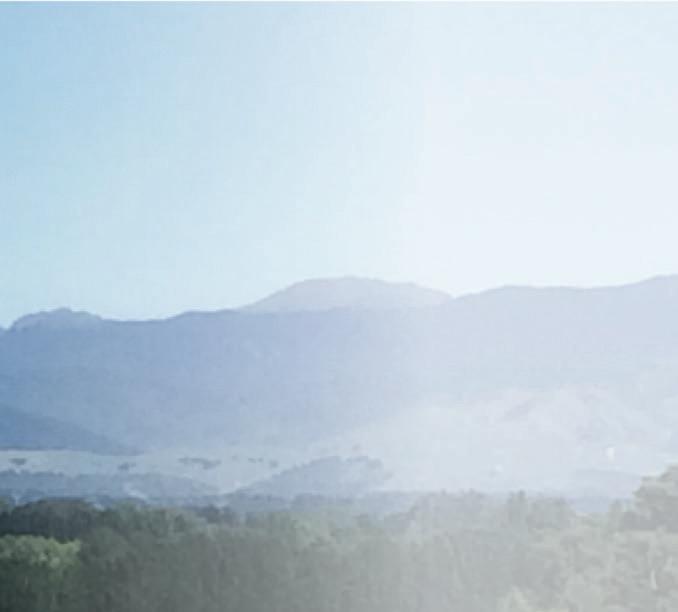


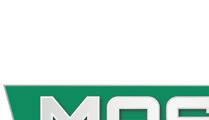
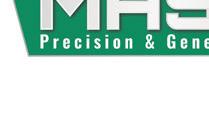
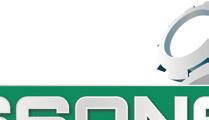













www.age.co.nz Thursday, October 5, 2023 FEATURE SUPPLEMENT 23 22 FEATURE SUPPLEMENT Thursday, October 5, 2023 Wairarapa Times-Age
HAY2023
Both the quality of the ensiled pasture and the quality of the fermentation must be considered
Fendt and Massey Ferguson Hay and Silage Equipment 0% Finance over 12 months GET IT DONE 300 High Street, Solway, Masterton www.tfmtractors.nz | Shorty 027 294 5010 or Zac 027 390 9841 Call 06 370 0390 for more information on our range. *Terms & conditions apply. We can help with: • Batteries • Bearings • Belts • Nuts & Bolts • Grease, Oils & Lubricants • PTO shafts & Gearboxes • Hydraulic Hoses & Fittings • Pins & Bushes Repaired & serviced your gear yet? Book it in now. BE HARVEST READY! Belvedere Road, Carterton Ph 06 379 8044 sales@massons.co.nz WAYNE & ANDREA PRICE CONTRACTING HOME 06 379 5953 • WAYNE 027 4979 837 • WATERSONS LINE, CARTERTON • Haymaking - round & conventional • Baled Silageinoculant available • Ploughing • Cultivation Work • Direct Drilling Phone Tim Linton 027 557 7008 valleyag2019@gmail.com Cultivation - Drilling - Hay - Balage - Harvesting Trenching - Diggers - Dump Trailers - Bulldozing AGRICULTURE CONTRACTOR We offer the following services: Call to book your job in today


















silage HAY2023
Keeping safe on farm during summer
Summer means heavy workloads on farms, from weaning lambs and calves to hay and silage making.
There’s close work with animals, many large vehicles coming and going, contractors on farm and heavy use of tractors and machinery.
At the same time, you may also have summer visitors, and children wanting to be out playing or helping out.
“All these factors carry health and safety risks,” says Mark Harris, lead extension manager at Beef + Lamb New Zealand.
“Vehicles and machinery feature in almost 90 per cent of fatal workplace accidents on farms and accidents requiring more than a week off work.
“Recognise vehicles as a critical risk on farm and establish good ongoing practice around using them.
“Always select the right vehicle and Personal Protective Equipment (PPE) for the job.
“A quad bike might be ideal for nipping round but not for towing a heavy load, take those few minutes to get the tractor.”
One of the main causes of deaths involving tractors are where it hits the operator or another person because it hasn’t been properly braked, or through the tractor rolling, with the driver not wearing a seatbelt. Most fatal tractor rollover accidents in recent years would have been prevented by the driver wearing a seatbelt on a Roll Over Protection (ROP) fitted tractor.
Hay bale safety
Using incorrect equipment for handling hay bales can be a recipe for disaster, warns Worksafe New Zealand.
Hay bales can weigh hundreds of kilograms and accidents involving hay bales can result in death or serious injury, it says.
Farmers, contractors and workers should be aware of the risks and know how to prevent hay bale accidents.
A guide to the “ Safe handling, transportation and stacking of large hay bales” is available on Worksafe New Zealand’s website worksafe.govt.nz
Chapter Five in the guide, “Use The Proper Equipment”, says:
“Use only properly designed and constructed mechanical handling equipment, for

example a loader, lift truck or rough terrain handler, with proprietary handling attachment to ensure the bale is secure from movement during lifting. Ensure your machinery is properly maintained.”
Other matters to check on your front-end loader, bale handler and trailer are:
Ensure tr loaders are counterbalanced. Check that axles and tyres are






damaging stack edges. Don’t use bale elevators as a means of access to and from stacks or loads.
Follow these rules when transporting bales on a tractor attachment or trailer:
Check that the couplings between tractors and trailers are properly secured.
Do not move partly loaded trailers over slopes or areas of rough ground which could cause bales to be dislodged.
Determine driving routes over paddocks in advance and instruct drivers accordingly.
Plan road travel routes to
Contractors
‘It’s a good idea to consult with your contractors ahead of any work, to establish clear roles, responsibilities and actions and discuss risks - it’s as simple as a phone or email conversation.”
Children on the farm
“Naturally, farmers want their children, grandchildren and other young visitors to enjoy the farm with them, it’s the Kiwi way – but vehicles also pose a major risk for children,” says Mark.
“Don’t let children ride on tractors, quad bikes or on the back of utes. Children should be in car seats or seat belts when in cars, utes or trucks, including
them to wash and dry their hands after touching animals. Water, be it rivers, creeks, troughs, dips, tanks, dams or ponds, all pose risks.
“Where reasonably practicable, set up safety barriers around play areas, animal pens, work areas and water spots.
“Cover tanks and wells with child restraint covers or fill in disused ones. Lock doors and ensure agri-chemicals are stored safely out of children’s reach. Small hands may also be able to reach through machinery guards.”
Tie spare tractor wheels to walls or lie them flat. Ensure bikes children ride are appropriate for their age and height.


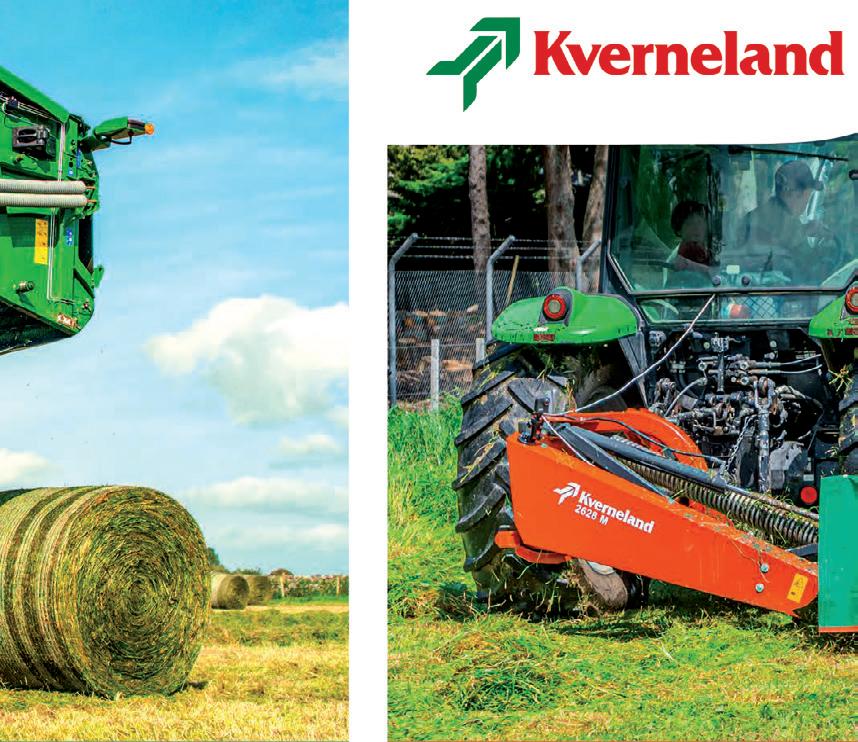


Johan Smit Dealer Principal 027 451 0399 Aaron George Sales Consultant 027 312 7489 Masterton | 307 High Street | 06 370 8240 McHale features a range of fixed and variable chamber round balers, square and round bale wrappers, the Fusion integrated of combination baler wrapper and a range of round bale handling equipment. Kverneland offers a wide range of machinery, from ploughs and cultivators, to movers, rakes and tedders, to balers, to seed drills, spreaders and sprayers. Complimenting these machines and Precision Farming Solutions which increase efficiency, saving you time and money. TAKE A CLOSER LOOK... Contact your local Zimmatic dealer find out more. Discover the Zimmatic difference. Zimmatic pivot and lateral-move systems combine high-quality components with exclusive structural designs and innovative features for a long-lasting solution you can count on. www.zimmaticanz.com 0800 438 627 24 FEATURE SUPPLEMENT Thursday, October 5, 2023 Wairarapa Times-Age www.age.co.nz Thursday, October 5, 2023 FEATURE SUPPLEMENT 25

































































